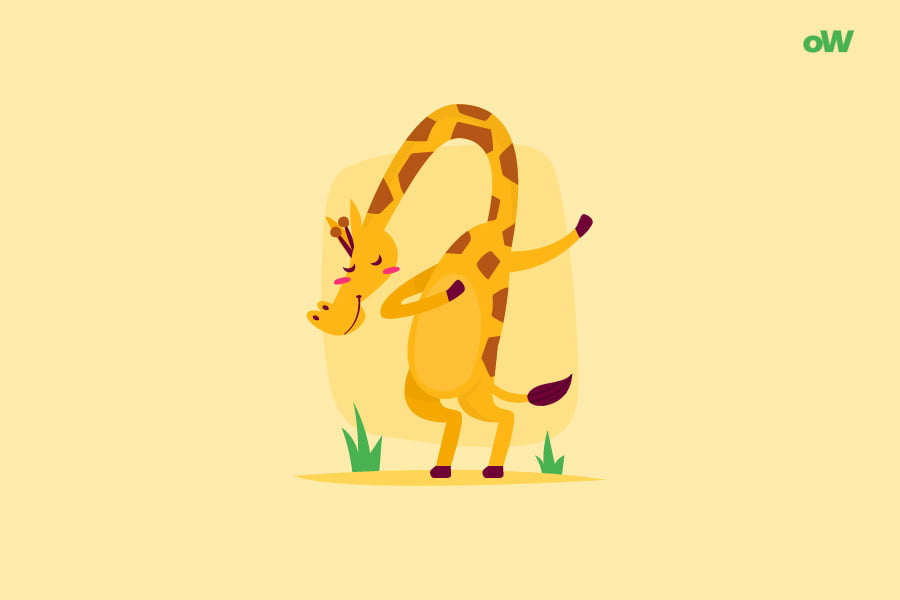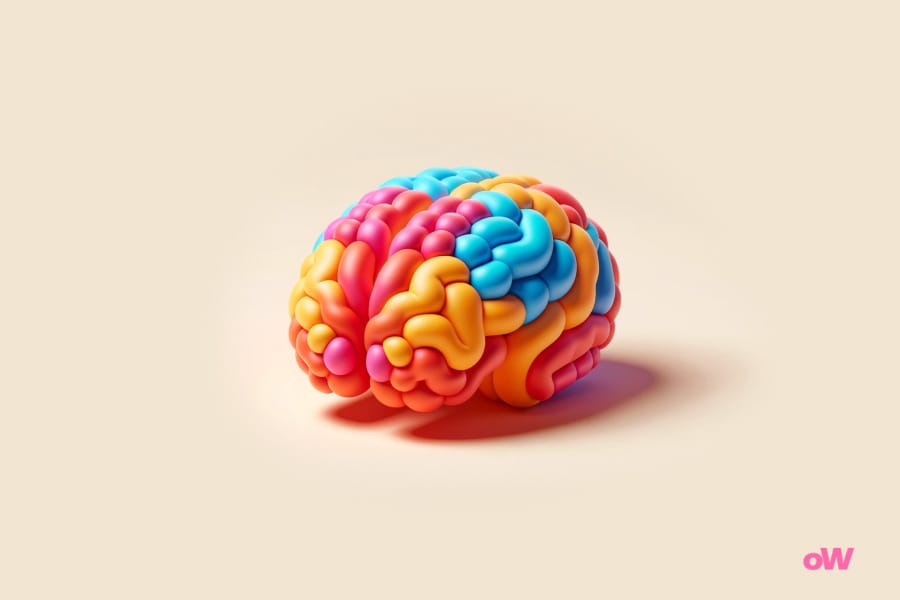Quiz: What Kind of Bird Are You?
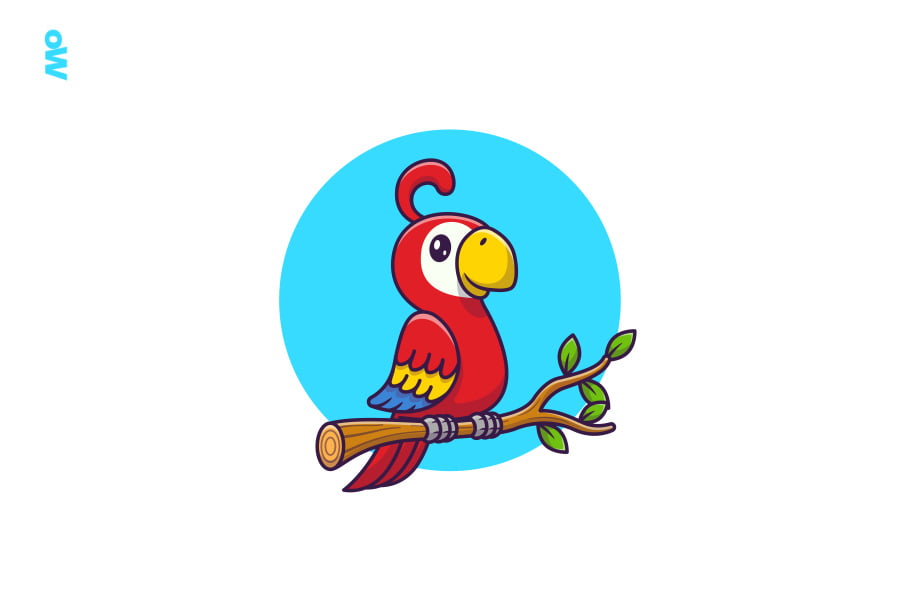
In Japanese, there is a word ‘tori-no-kokoro’ – bird’s heart. It describes a special state of lightness and freedom when the soul seems to soar above the earth. Interestingly, ancient Japanese believed that every person has their own guardian bird that reflects their true nature. This thought struck me as remarkably consonant with modern attempts to unravel the mysteries of human personality through the prism of feathered creatures and inspired me to create this quiz.
Birds in Myths and Legends Across Cultures
The history of the relationship between humans and birds goes back to the depths of time. In ancient Egypt, the ibis was considered the sacred bird of Thoth – the patron of wisdom and knowledge. He was depicted with an ibis head, holding a feather in his beak – a writing instrument and a symbol of cognition. Archaeologists find mummified ibises in special necropolises, indicating the special veneration of these birds.
Native American tribes of North America had a tradition of the “eagle dance.” Dancers dressed in costumes with eagle feathers imitated the flight of these majestic birds, believing that this way they would receive part of their strength and wisdom. Interestingly, eagle feathers were only allowed to be worn by warriors who had performed outstanding feats – each feather had its own story and was passed down from generation to generation.
In Japanese culture, the crane is considered a symbol of longevity and family happiness. There is a belief that cranes live for a thousand years, and their mating dances inspired the creators of many traditional Japanese dances. The origami technique “senbazuru” – folding a thousand paper cranes – became a symbol of hope and healing after the tragic events in Hiroshima.
Slavic mythology is particularly rich in bird imagery. Sirin – the bird of sorrow, Alkonost – the bird of joy, and the Firebird – a symbol of elusive happiness, form an amazing triptych of creatures reflecting the complexity of the human soul. Bylinas often mention shape-shifting birds capable of transforming into beautiful maidens or mighty warriors, symbolizing the transformative power of nature.
Birds: Powerful Symbols in Art and Literature
Bird imagery in art has undergone an amazing evolution. Each creator, like each person, radiates their own special atmosphere that manifests in their works. In medieval European painting, the dove invariably symbolized the Holy Spirit, while the peacock represented immortality and regality. Renaissance artists often included birds in their paintings as symbols of spiritual freedom and divine presence. Albrecht Dürer created a series of detailed ornithological sketches that still astound with their accuracy and artistic mastery.
In the Silver Age poetry, birds became a symbol of creative flight and inner freedom. Recall Alexander Blok’s “Wild Ducks” or Nikolai Gumilev’s “Cranes.” It’s interesting to trace how the image of the raven changed in literature: from the ominous messenger in Edgar Allan Poe’s poem to the wise interlocutor in Nordic sagas.
Contemporary art continues to explore bird symbolism. Street artists often use bird imagery as a metaphor for freedom and protest against social constraints. Japanese photographer Yuki Fujiwara created an stunning series of photographs of sparrows in urban environments, showing how these small birds adapt to the modern world without losing their essence.
Why Should I Find Out “What Bird Am I?”
In the world of ornithology, there exists a fascinating phenomenon – the “mirror effect.” Scientists have discovered that some bird species can recognize themselves in reflections – an ability that was long considered unique to primates and dolphins. Magpies, for example, try to remove colored marks they notice on their bodies in reflections, indicating self-awareness.
Just as birds learn about themselves through reflection, humans can better understand their nature by comparing themselves to various species of birds. Research shows that parrots have the emotional intelligence of a five-year-old child and are capable of empathy. Crows demonstrate the ability to plan for the future and use tools, while some bird species maintain social bonds throughout their lives.
How Does This Quiz Work?
Our quiz is based on a complex system of correspondences between bird behavioral patterns and human characteristics. Each question is designed taking into account the latest research in ornithology and ethology. For example, it’s known that blue tits exhibit different temperament types: some individuals are bolder and prone to exploring new things, while others are more cautious and conservative.
The algorithm takes into account multiple factors: from preferred activity time (as with diurnal and nocturnal birds) to problem-solving strategies. Research has shown that New Caledonian crows can solve complex multi-step problems, demonstrating a level of thinking comparable to a seven-year-old child. African Grey Parrots can learn and meaningfully use more than 100 words, showing capability for abstract thinking.
Quiz Results
Eagle: Lord of the Skies and Symbol of Leadership
Eagles possess a unique feature: their eyes have two focal points (humans have only one), allowing them to see clearly both straight ahead and to the side simultaneously. Eagle people often demonstrate the ability to keep multiple tasks in view while maintaining focus on the main goal.
Interestingly, eagles build several nests in their territory and may use them alternately. This characteristic is symbolically reflected in eagle people’s ability to create various plans and strategies, having several backup solutions to a problem.
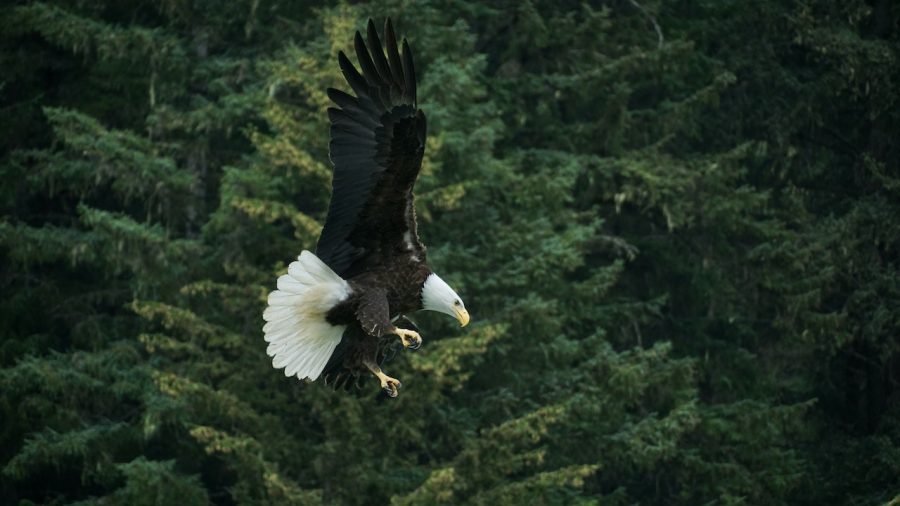
Canary: The Bright Voice of Optimism
Research shows that canaries can vary their singing depending on social context. In the presence of a potential partner, they perform more complex and prolonged trills. This ability for social adaptation is also characteristic of canary people, who keenly sense the mood of others and can adapt their communication to the situation.
Curiously, male canaries learn to sing in their first months of life, and the quality of their singing largely depends on their social environment. Similarly, people of this type are often a product of their environment but can develop their talents to incredible heights with proper support and surroundings.
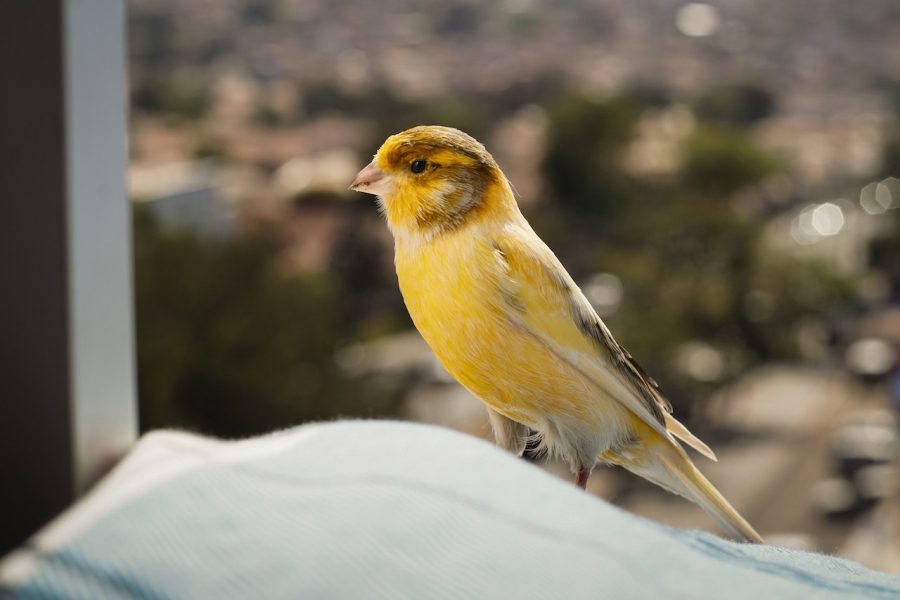
Owl: Wise Guardian of the Night Sky
The asymmetrical placement of ear openings in owls allows them to precisely determine the source of sound not only horizontally but also vertically. Similarly, owl people often possess a developed ability to analyze information in multiple dimensions, finding non-obvious connections between phenomena.
Owl feathers have special fringes that make their flight absolutely silent. This characteristic is reflected in owl people’s ability to act inconspicuously but effectively, achieving their goals without unnecessary noise and fuss.
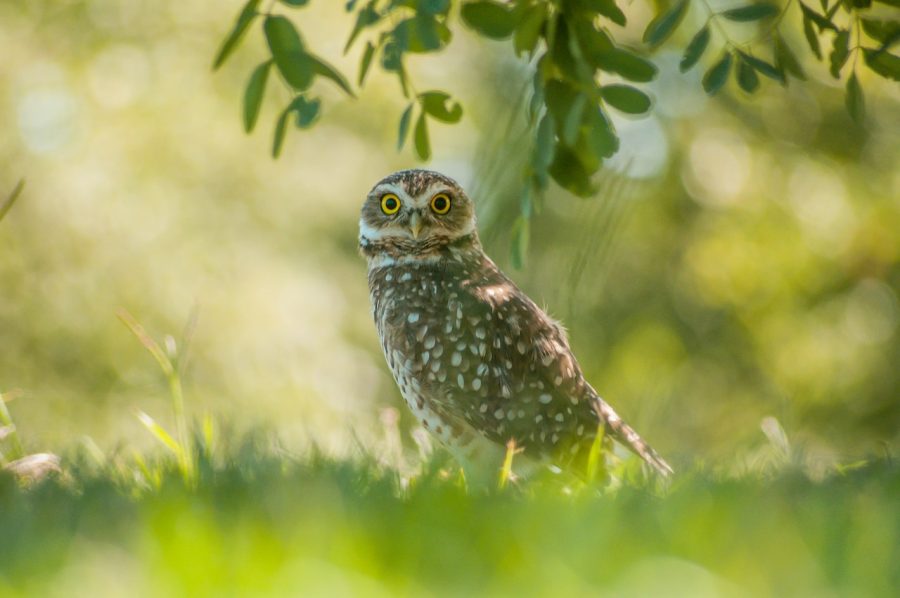
Hummingbird: Small Acrobat with a Big Heart
Hummingbirds have the unique ability to enter torpor – a state similar to hibernation where their metabolism slows to a minimum. This allows them to conserve energy on cold nights. People of this type also know how to distribute their energy, alternating periods of high activity with complete recovery.
Interestingly, hummingbirds remember every flower they’ve visited and know the exact time of its re-blooming. This phenomenal memory for details often manifests in hummingbird people, who excellently remember the smallest details of events and know how to use this information.
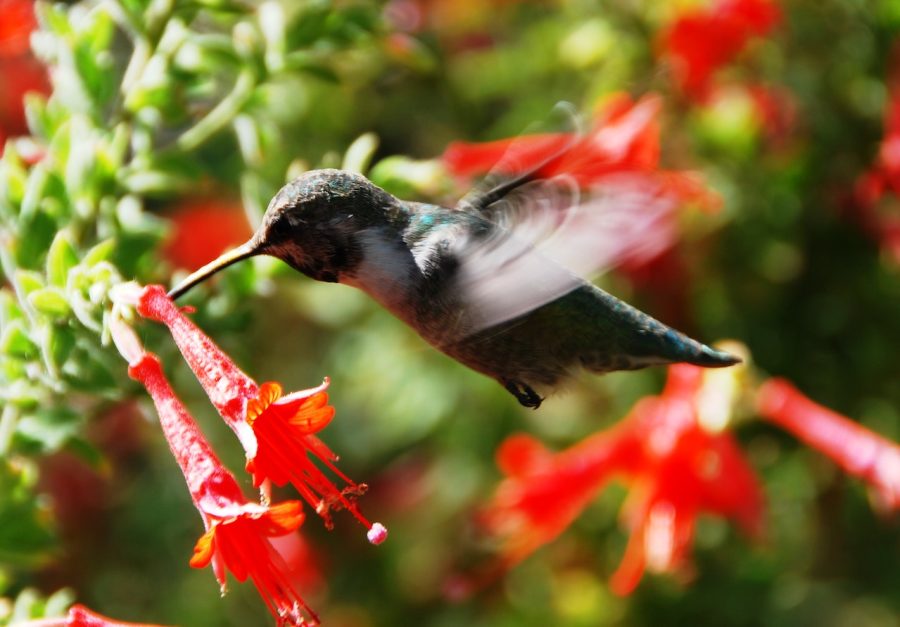
Conclusion
The world of birds is an amazing mirror of human nature. Each species has developed its unique strategies for survival and prosperity, just as people find their path in life. In nature, there is no “right” way to be a bird – there are many successful strategies, each perfectly suited for its niche.
The next time you see a flock of starlings performing their aerial ballet or hear the morning song of a thrush, remember that each of us has our own inner bird. And perhaps this understanding will help you uncover new facets of your personality and find your own path to success.
After all, as famous ornithologist David Attenborough said: “Birds remind us that there is still magic left in the world – we just need to know how to see it.” Similarly, the results of this quiz can open up a new perspective on your own nature, helping you see those characteristics that make you a unique individual.
Disclaimer
This quiz is designed for entertainment purposes only. The results are not scientifically validated and do not constitute professional advice or assessment. The quiz results are meant to be fun and should not be used as a basis for any life decisions or as a substitute for professional consultation. If you need personalized guidance, please consult with appropriate qualified professionals.
Questions Overview
- Refreshed and ready to go!
- Calm and relaxed, taking your time.
- Energetic, like you've had ten cups of coffee!
- Like hitting the snooze button again... and again.
- Exploring a bustling city.
- A secluded, moonlit cabin in the woods.
- A tropical island with lots of flowers and color.
- A cold retreat with icy landscapes.
- Breakfast, the most chirpy time!
- Dinner, in the tranquility of the evening.
- Snacks throughout the day, anytime really!
- Whenever you're feeling peckish, no set time.
- Mingling and chatting with everyone.
- In a corner, observing and enjoying deep conversations.
- Dancing and fluttering around energetically.
- Enjoying the food table or cozying up with a close group of friends.
- Pop tunes and catchy beats.
- Soulful, classical or mysterious sounds.
- Fast-paced and thrilling rhythms.
- Anything chill and relaxing.
- Is fun-loving and spontaneous.
- Is thoughtful and introspective.
- Is adventurous and lively.
- Is steadfast and loyal.
- Take a short trip or explore local attractions.
- Dive deep into books or movies.
- Engage in energetic activities or hobbies.
- Relax at home, perhaps with a hot cocoa.
- Casual and comfortable.
- Elegant and timeless.
- Vibrant and flashy.
- Cozy and practical.
- Modest and functional.
- Filled with antiques and history.
- Colorful and full of light.
- Comfy with plush furnishings.
- The ability to chat and connect with anyone.
- Night vision or seeing the unseen.
- Super speed!
- Being unshakeably calm in any situation.
- A lovely little apartment in the city.
- A grand mansion with secret rooms and passages.
- A glass house amidst flower gardens.
- A cozy cottage by the sea.
- Share and discuss your feelings.
- Reflect in solitude before making decisions.
- Take quick actions, trusting your gut.
- Stay grounded and seek comfort in routines.
- Romantic comedies or heartwarming dramas.
- Mysteries or thrillers.
- Action-packed adventures.
- Animated movies or feel-good stories.
- Enjoy collaborating and group projects.
- Thrive in individual tasks and deep research.
- Are always bustling with energy, juggling multiple tasks.
- Prefer steady-paced tasks with clear guidelines.
- Social.
- Mysterious.
- Energetic.
- Comfort-seeking.
- Meeting and helping people directly.
- Solving intricate problems or discovering secrets.
- Traveling and exploring new places.
- Working in a team in a cozy and predictable environment.



